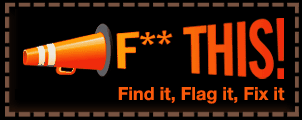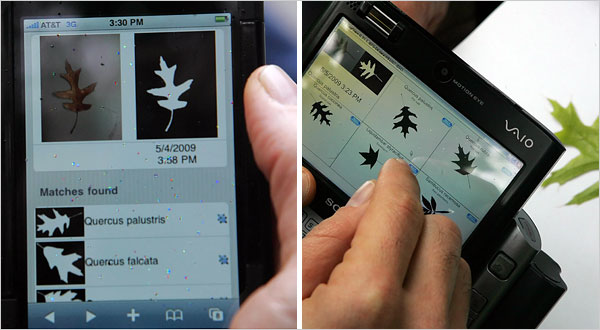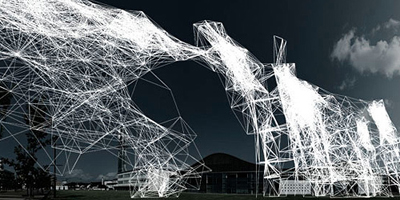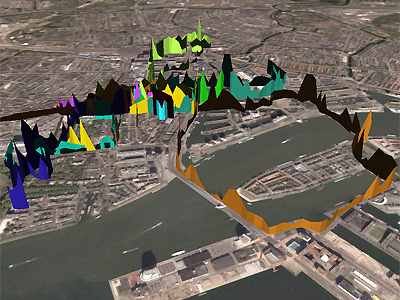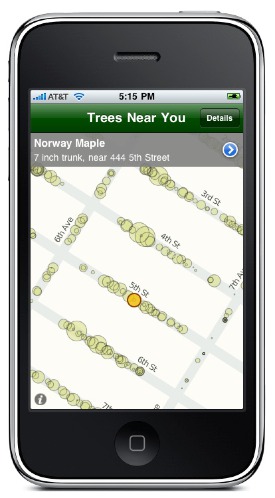
One of the greatest impacts the process of becoming a Landscape Architect has had on me is the way in which it's made me "aware" of everything around me, and reminds me of a Boris Pasternak line from Doctor Zhivago:
Lara walked along the tracks following a path worn by pilgrims and then turned into the fields. Here she stopped and, closing her eyes, took a deep breath of the flower-scented air of the broad expanse around her. It was dearer to her than her kin, better than a lover, wiser than a book. For a moment she rediscovered the purpose of her life. She was here on earth to grasp the meaning of its wild enchantment and to call each thing by its right name.
I notice cracks in sidewalks, oddly constructed corners, and all sorts of behavior of the living and built environment. On a recent stroll with a lady friend we walked and I pointed out the different varieties of flowering trees spring has afforded, and found joy in the fact that as she began to learn and "call each thing by its right name," that she too was becoming aware.
That is the beauty of Brett Camper's iphone app Trees Near You, which currently chronicles NYC trees, their locations, and not only environmental contributions, but economic. We've touched on merging factors of tech (here and here) and "nature" and how advancements in technology are becoming ubiquitous, and rather leading us away from nature, are re-introducing us to it.
The app which integrates with geo-location is the perfect, transportable system to not just learn the identification of trees, but better understand their role in an overall urban ecosystem. As the season's turn you'll no longer pass by, acknowledging them only as a spatial object, but they become personified as you notice the ever changing intricate characteristics provided by climate and season.
Currently the app is limited to the NYC area, but would imagine more cities are soon to follow.
Via GOOD
Related: Fieldwork | Mobile Tree Identification We Can Play Our Cities Like Instruments

